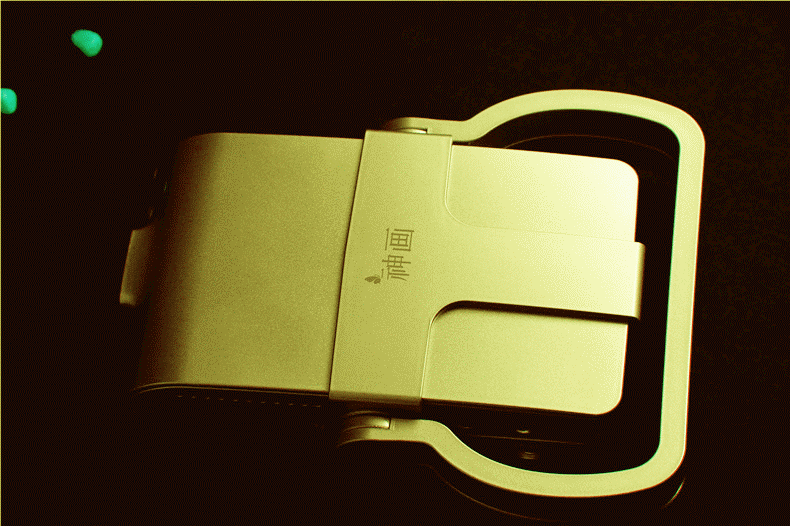Yuhai company develop and produce of various
discs sizes, electrode and metallisation configurations. Disc elements is
fabricated from various piezoelectric material formulations to respond to the
ever growing challenges on new applications.
Features
Electrode configurations
Full range electrode
PZT Piezoelectric Discs & Rods Piezoelectric Disc,Pzt Disc,Pzt Piezoelectric Discs,Piezo Electric Disc Zibo Yuhai Electronic Ceramic Co., Ltd. , https://www.yhpiezo.com
The choice of projection resolution can be determined according to the actual projection content to buy what level of the projector, if the content of the presentation is based on general teaching and word processing, select SVGA (800 × 600), if the presentation of fine images (such as graphics Design) to buy XGA (1024 × 768). Since the mainstream resolutions of notebooks and desktops are now up to the XGA (1024×768) standard, it is recommended to purchase XGA (1024×768) resolution projectors as much as the budget allows.
The maximum resolution is also called the highest resolution that can be displayed. It refers to the highest resolution of the input signal that the projector can display. With the image processing algorithm, the projector can perform scaling processing on the input signal to achieve full-screen signal display. If the projector is out of this range, the projector cannot display the screen properly. Early projectors took a line-drawing algorithm, namely: linear compression technology, but this algorithm had dropped the line problem. At present, the products of various manufacturers have now introduced new algorithms for compressing signals, namely: intelligent compression, which can solve dropped calls. It is recommended to select products that are compatible with higher resolutions preferentially under the same conditions as other performance indicators. This can accommodate more signal ranges.
VGA: The full name is Video Graphics Array. This kind of screen is almost extinct now. It supports a maximum resolution of 640×480, but there are still some small portable devices still using this kind of screen.
SVGA: The full name Super Video Graphics Array, belongs to the replacement of VGA screen, maximum support 800 × 600 resolution, screen size is 12.1 inches, due to lower pixels, so the current notebook with this screen is also very few.
XGA: The full name Extended Graphics Array, which is a kind of LCD screen commonly used in current notebooks, nearly 80% of notebooks in the market use this product. It supports a maximum resolution of 1024 x 768, with screen sizes ranging from 10.4 inches, 12.1 inches, and 13.3 inches to 14.1 inches and 15.1 inches. 
UVGA: Full name Ultra Video Graphics Array. This screen is used on a 15-inch screen notebook and supports up to 1600 x 1200 resolution. Due to the high requirements on the manufacturing process, the price is also relatively expensive. Currently only a few high-end mobile workstations are equipped with this type of screen.
Many people want to buy a widescreen home theater projector because the 16:9 ratio is the standard format for HDTV HD signals. Currently, the 16:9 projector on the market has three main resolutions: 854x480, 1024x576, and 1280x720. In the implementation of a new scan display standard, they are called 480p, 576p, and 720p, respectively.
Sizes from 3mm up to 200mm
Thickness from 0.1mm up to 25mm
Electrode design on request
Choice of metallisation (Silver, Nickel, Gold and others on request)
Thickness frequency tuning available on request
Wide choice of PZT formulations
Applications include
Ÿ Distance sensors
Ÿ Liquid and Gas flow sensors
Ÿ Micro-pump actuators
Ÿ Liquid level sensors
Ÿ Ultrasonic Transducer
Electrode with boder
Wrap around electrode (Square, circle or other on request)
Annular wrap around electrode
The standard resolution refers to the original resolution of the image projected by the projector, also called the real resolution and the physical resolution. Corresponding to the physical resolution is the compression resolution. The resolution of the image is determined by the physical resolution. The resolution of the projector is determined by the compression resolution. The physical resolution is the resolution of the LCD panel. The liquid crystal is divided by a grid on the LCD panel, and one liquid crystal is a pixel. Then, when the output resolution is 1024 × 768, it means that there are 1024 pixels in the horizontal direction of the LCD panel and 768 pixels in the vertical direction. The higher the physical resolution, the wider the range of acceptable resolution, the wider the range of adaptation of the projector. The physical resolution is usually used to evaluate the grade of the LCD projector. Currently the most widely used on the market are SVGA (800 x 600 resolution) and XGA (1024 x 768). The price of XGA is higher than that of SVGA. The resolution of the projector is usually expressed in two ways. One is the TV line (TV line) and the other is represented by the pixel. When represented by television lines, the meaning of the resolution is similar to that of television. This resolution representation is mainly provided for matching the television signals that are connected to the projector. When expressed in pixels, it is usually expressed as 1024×768 or the like. In a sense, this limitation of resolution is a certain requirement for the line frequency and field frequency of the VGA signal input to the projector. When the VGA signal's line frequency or field frequency exceeds this limit, the projector will not be able to project the display properly. SXGA+: Full name Super Extended Graphics Array, an extension of SXGA SXGA+ is a screen designed specifically for notebooks. Its display resolution is 1400×1050. Because the horizontal and vertical dot pitches of notebook LCD screens are different from those of ordinary desktop LCDs, their display accuracy is much higher than that of ordinary 17-inch desktop LCDs.